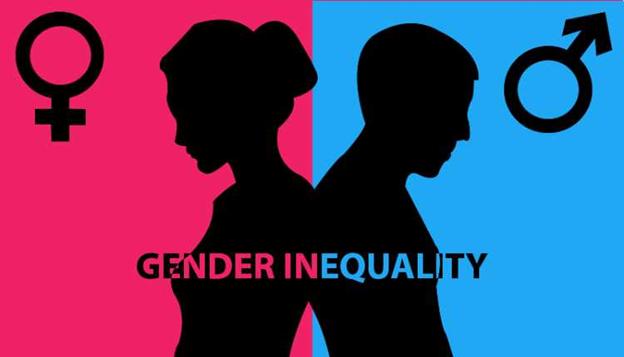STATE OF GENDER EQUALITY AND CLIMATE CHANGE IN SOUTH ASIA AND THE HKH REGION

Copyright infringement not intended
In News
- According to the State of Gender Equality and Climate Change in South Asia and the HKH Region report “Governments of South Asia and the Hindu-Kush Himalaya (HKH) regions have not done much to address the impact of climate change on women”.
- The report covered 10 countries: Afghanistan, Bangladesh, Bhutan, China, India, Maldives, Myanmar, Nepal, Pakistan and Sri Lanka.
- The report highlighted that India’s Nationally Determined Contributions (NDC) to manage climate change recognised the importance of gender equality and women’s empowerment. But it does not suggest any measures.
- The National Action Plan for Climate Change (NAPCC), 2008 recognised that women are more vulnerable to climate change but lack noticeable gender and social inclusion measures.
- Some of the national plans — Bhutan’s Climate Change Policy 2020, Nepal’s National Adaptation Plan 2021, and Pakistan’s National Climate Change Policy 2021 were gender-responsive and considered gender-specific needs.
- The report mentioned that Climate change is also widening the gender gap and worsening existing social inequalities.
- China, India, Nepal and Pakistan are witnessing climate change-induced migrations of men for better livelihood options and employment.
- When men migrate, they leave behind women, children and the elderly.
- This adds more workload to the female population.
- The report suggested;
- Gender equality and social inclusion.
- Monitoring and evaluating interventions in the agriculture, energy and water sectors.
- Guaranteeing the meaningful participation of women and marginalised groups in policy dialogues.
- Governments need to evaluate implemented policies regularly.
Women and Climate change
- Men and women use environmental resources differently and are impacted differently when faced with environmental degradation and natural disasters.
- Women generally face Shortages of environmental services: Drinking water, Cooking fuel, and Safe waste disposal which impact women directly.
- Steps need to be taken to minimize the negative impact of climate change on women;
- Adopt an environment‐centred growth model and Integrate women’s empowerment with Sustainable development.
- Government need to design policies to enable women to own, control and access a variety of economically productive assets including land, livestock, forests, leases on common land and water bodies.
- At all stages in disaster management, there should be special policies and programmes for women.
- Environmental planning and impact assessments should integrate gender issues, Gender Impact Assessment should therefore be part of Environmental Impact Assessment (EIA).




1.png)
